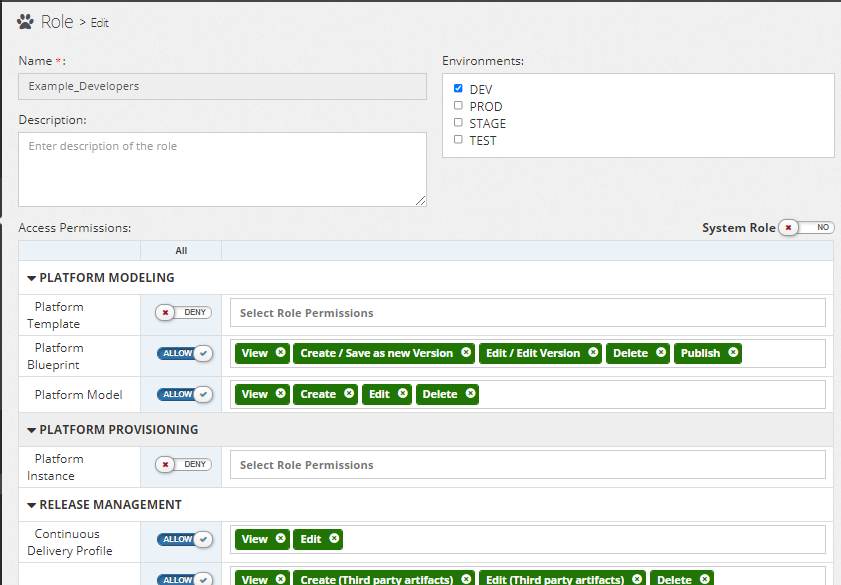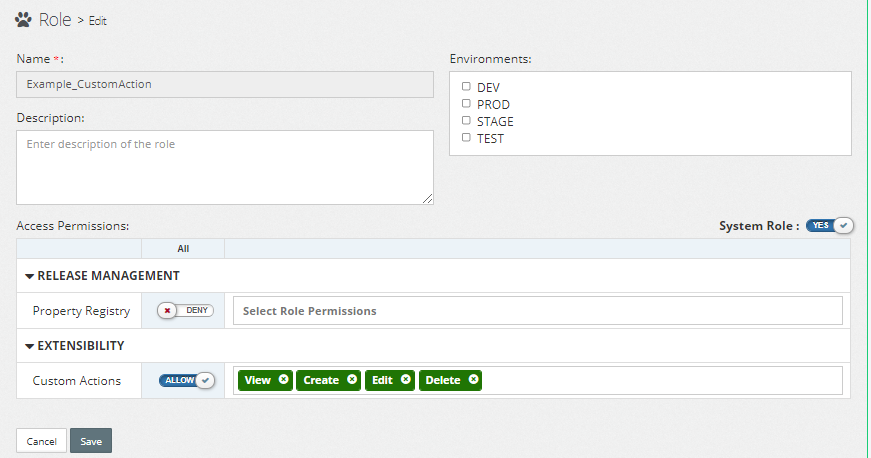Connecting Myst to an Active Directory Domain
Add the Active Directory Provider
| Name | Value |
|---|---|
| Connection | --------------------------------------------------- |
| Host | myst.ad.local |
| Port | 636 |
| Secure (SSL) | Yes |
| Principal | cn=admin,dc=mystsoftware,dc=com |
| Credential | Welcome1 |
| Users | ---------------------------------------------------- |
| User Base DN | ou=users,o=myst,dc=mystsoftware,dc=com |
| User Name Attribute | cn |
| User Object Class | person |
| All Users Filter | (&(cn=*)(objectClass=person)(mail=myst)) |
| Groups | ---------------------------------------------------- |
| Groups Base DN | ou=groups,o=myst,dc=mystsoftware,dc=com |
| Group Name Attribute | cn |
| Group Object Class | groupOfNames |
| Member DN Attribute | member |
| All Groups Filter | (&(cn=*)(mail=myst)(|(objectclass=groupofNames)(objectclass=orcldynamicgroup))) |
SSL Configuration (LDAPS)
If the connection uses LDAPS then Myst Studio must trust the certificate chain. In this Docker example we can volume mount the keystore directory or the file.
Troubleshooting General or SSL Connectivity
If there are issues connecting Myst to LDAPS try the following:
Check the Docker container logs
docker logs -f myststudio_webAppend
-Djavax.net.debug=ssltoCATALINA_OPTSfor SSL debug logging which can be seen indocker logs -f myststudio_web
NOTE: with SSL debugging enabled you will always see the following WARNING which can be ignored as documented in JDK-8255148.
javax.net.ssl|WARNING|03|Finalizer|2020-08-31 09:42:20.203 EDT|null:-1|SSLSocket duplex close failed (
"throwable" : {
java.net.SocketException: Socket is not connected
at java.net.Socket.shutdownOutput(Unknown Source)
at sun.security.ssl.BaseSSLSocketImpl.shutdownOutput(Unknown Source)
...
Importing the Active Directory Certificate Chain
Create a trust.jks containing the Active Directory server's certificate chain.
- Obtain the certificate chain
openssl s_client -connect <AD_HOST>:636 -showcerts - Save certificate(s)
from
-----BEGIN CERTIFICATE-----to-----END CERTIFICATE-----(inclusive) - Import certificates into the trust keystore `trust.jks``
keytool -importcert -noprompt -keystore "trust.jks" -storepass "changeit" -trustcacerts -alias "my_rootca" -file my_ca.cerkeytool -importcert -noprompt -keystore "trust.jks" -storepass "changeit" -trustcacerts -alias "my_server" -file my_server.cer- Copy
trust.jksto a location planned for Docker's volume mounting
Setup Myst docker-compose.yml
Configure Myst to use the trust keystore.
- Configure Docker
volumesto mount the JKS - Configure Tomcat
CATALINA_OPTSto keystore location and password - Restart the Docker container
Example of docker-compose.yml.
version: '2'
services:
web:
...
volumes:
- ./data/license:/usr/local/tomcat/conf/fusioncloud/license
- ./data/ext:/usr/local/tomcat/conf/fusioncloud/ext
- ./data/keystores:/usr/local/tomcat/conf/fusioncloud/keystores # Mount directory
#- ./data/keystores:/usr/local/tomcat/conf/fusioncloud/keystores/trust.jks # Mount file
...
environment:
CATALINA_OPTS: "-Xmx2048m -Xms2048m -Djavax.net.ssl.trustStore=/usr/local/tomcat/conf/fusioncloud/keystores/trust.jks -Djavax.net.ssl.trustStorePassword=Welcome1"
TZ: "Australia/Brisbane"
...
Example of the docker run command.
docker run -d \
--name myststudio_web \
-v ./data/keystores:/usr/local/tomcat/conf/fusioncloud/keystores \
-e CATALINA_OPTS="-Xmx2048m -Xms2048m -Djavax.net.ssl.trustStore=/usr/local/tomcat/conf/fusioncloud/keystores/trust.jks -Djavax.net.ssl.trustStorePassword=Welcome1"
...
NOTE: Each example is an incomplete snippet with the ... representing further configuration.
Configure the Roles
When Active Directory (AD) is integrated with Myst the AD groups synchronise.
- The default workspace will be populated with Users
- Users will be placed in their respective Roles
Roles
Add permissions to the new Roles synchronised from Active Directory.
System Role
Similar to Myst Roles, the Myst System Roles can be configured and later assigned to users.
Add New Users in Active Directory
New users into Active Directory will automatically synchronise with Myst on login. The user will be assigned to the Default workspace and associated to their role.
- Add new user to Active Directory along with their group
- User logs into Myst
- Myst automatically synchronises the user and their role(s) based on the AD group
- Myst synchronises to the Default (
6fafeb5a-0bcb-4683-8f57-e287ea7eebaf) workspace
Limitations
Log any issues or improvements to https://rubiconred.freshdesk.com/.
| Issue # | Category | Description | Workaround |
|---|---|---|---|
| FC-6609 | Synchronisation | Deleting Users from AD | Delete the user manually via Myst. |
| FC-6612 | Synchronisation | Moving a User to a different AD group does not synchronize with Myst | Manually change the user in Myst to the desired role. |
| FC-6612 | Synchronisation | Changing the User and Group filter does not synchronize with Myst | Manually delete users and groups that should be filtered out. |
| FC-6613 | Synchronisation | Always synchronizes to Myst 'Default' workspace | Manually delete the users and roles from the Default workspace and assign to the preferred workspace. |
| FC-6610 | Connection | No UI feedback if Myst cannot connect to AD | Check the Myst Studio docker container logs for errors |
| FC-6611 | Connection | Unable to disable the connection to AD | Use an invalid hostname in the Myst provider configuration to prevent further connections to AD. |




